I want JS-accessible image
Have you tried to CSS using jQuery? It is pretty fun - you have full CRUD (Create, read, update, delete) CSS elements. For example do image resize on server side:
$('#container').css('background', 'url(somepage.php?src=image_source.jpg'
+ '&w=' + $("#container").width()
+ '&h=' + $("#container").height() + '&zc=1');
Surprisingly, I found that even when the javascript waits for the entire page to load, the image request still makes a new request! Is this a known bug in Firefox and Chrome, or something bad jQuery ajax is doing?
It is blatantly obvious that this is not a browser bug.
The computer is deterministic and does what exactly you tell it to (not want you want it to do). If you want to cache images it is done in server side. Based on who handles caching it can be handled as:
- Server (like IIS or Apache) cache - typically caches things that are reused often (ex: 2ce in 5 seconds)
- Server side application cache - typically it reuses server custom cache or you create sprite images or ...
- Browser cache - Server side adds cache headers to images and browsers maintain cache
If it is not clear then I would like to make it clear : You don't cache images with javascript.
Ideally I would hope the ajax wouldn't make a second request at all, since it is requesting exactly the same url.
What you try to do is to preload images.
Once an image has been loaded in any way into the browser, it will be
in the browser cache and will load much faster the next time it is
used whether that use is in the current page or in any other page as
long as the image is used before it expires from the browser cache.
So, to precache images, all you have to do is load them into the
browser. If you want to precache a bunch of images, it's probably best
to do it with javascript as it generally won't hold up the page load
when done from javascript. You can do that like this:
function preloadImages(array) {
if (!preloadImages.list) {
preloadImages.list = [];
}
for (var i = 0; i < array.length; i++) {
var img = new Image();
img.onload = function() {
var index = preloadImages.list.indexOf(this);
if (index !== -1) {
// remove this one from the array once it's loaded
// for memory consumption reasons
preloadImages.splice(index, 1);
}
}
preloadImages.list.push(img);
img.src = array[i];
}
}
preloadImages(["url1.jpg", "url2.jpg", "url3.jpg"]);
Then, once they've been preloaded like this via javascript, the browser will have them in its cache and you can just refer to the normal URLs in other places (in your web pages) and the browser will fetch that URL from its cache rather than over the network.
Source : How do you cache an image in Javascript
Is there a reason css and ajax in this case usually have different caches, as though the browser is using different cache storage for css vs ajax requests?

Even in absence of information do not jump to conclusions!
One big reason to use image preloading is if you want to use an image
for the background-image of an element on a mouseOver or :hover event.
If you only apply that background-image in the CSS for the :hover
state, that image will not load until the first :hover event and thus
there will be a short annoying delay between the mouse going over that
area and the image actually showing up.
Technique #1 Load the image on the element's regular state, only shift it away with background position. Then move the background
position to display it on hover.
#grass { background: url(images/grass.png) no-repeat -9999px -9999px; }
#grass:hover { background-position: bottom left; }
Technique #2 If the element in question already has a background-image applied and you need to change that image, the above
won't work. Typically you would go for a sprite here (a combined
background image) and just shift the background position. But if that
isn't possible, try this. Apply the background image to another page
element that is already in use, but doesn't have a background image.
#random-unsuspecting-element {
background: url(images/grass.png) no-repeat -9999px -9999px; }
#grass:hover { background: url(images/grass.png) no-repeat; }
The idea create new page elements to use for this preloading technique
may pop into your head, like #preload-001, #preload-002, but that's
rather against the spirit of web standards. Hence the using of page
elements that already exist on your page.



